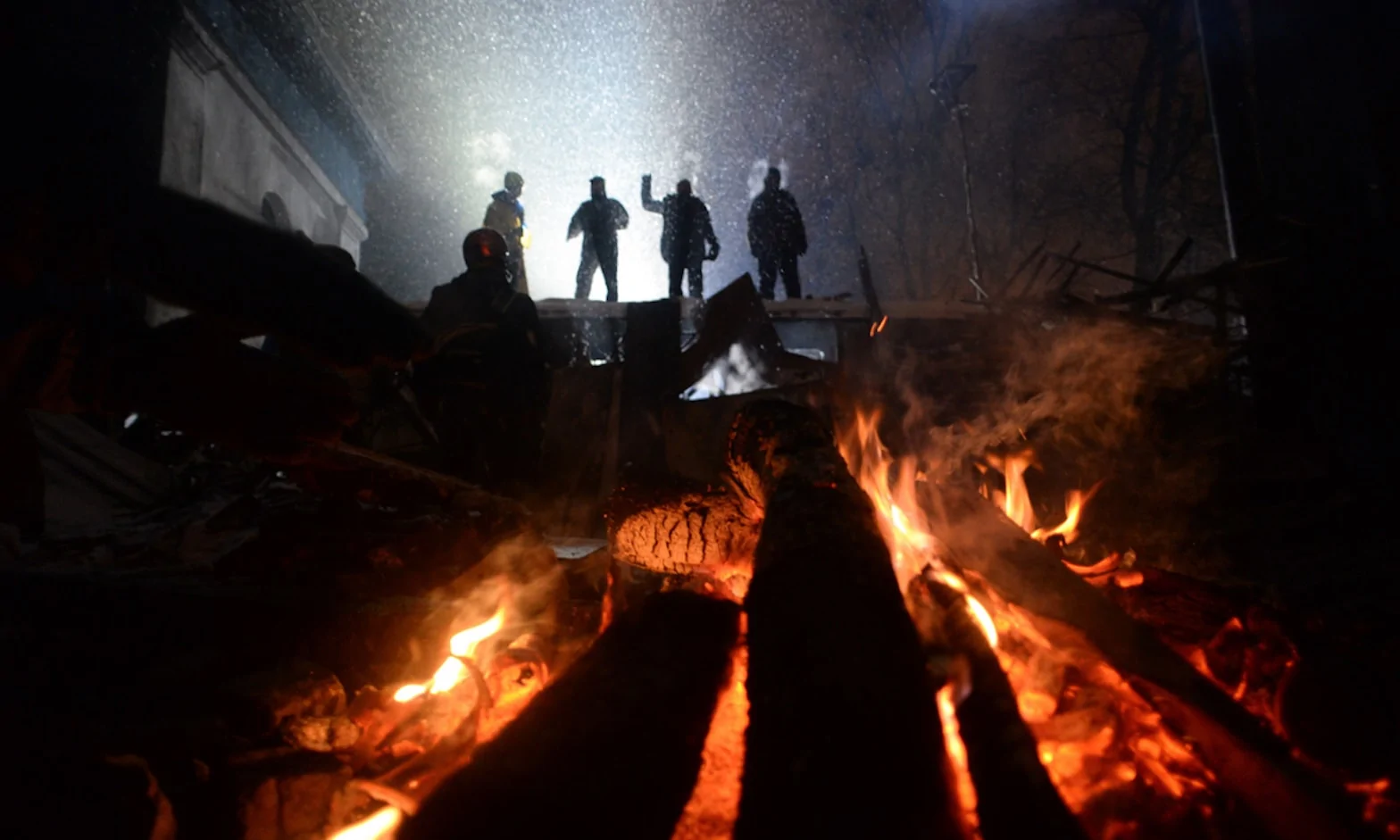Since 2008, when massive food riots took place, followed by the “Arab spring revolution” in 2011, Egypt has become a land of political, religious and social conflicts (Krista Mahr, “Bread is life: food and protest in Egypt“, Time Magazine, January 31, 2011; Georges Corm, Le Proche-Orient éclaté, 2012), some of them between armed militant and religious factions on the one hand, the police, the military and the secret services, on the other. Meanwhile the civil society strongly emerges. Beyond spectacular events, the causes of these domestic political and religious conflicts are rooted, among other factors, into international and climate change dynamics. In effect, Egypt’s society and politics are deeply affected by the entanglement of economic, political, environmental and climate change …
Continue reading “Egypt and Climate Security”
The remaining part of this article is for our members and those who purchased special access plans. Make sure you get real analysis and not opinion, or, worse, fake news. Log in and access this article.











